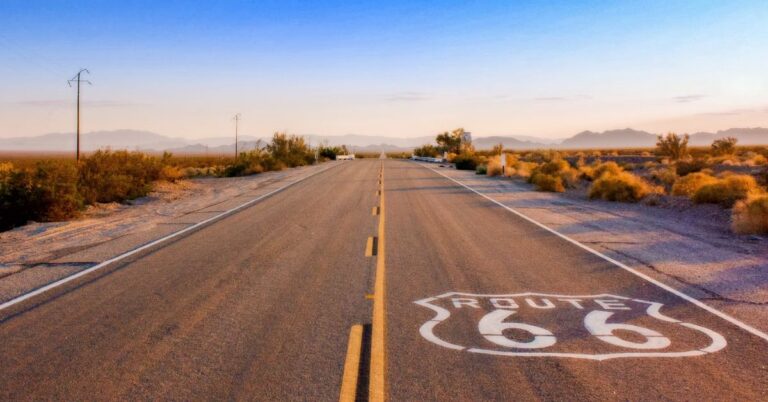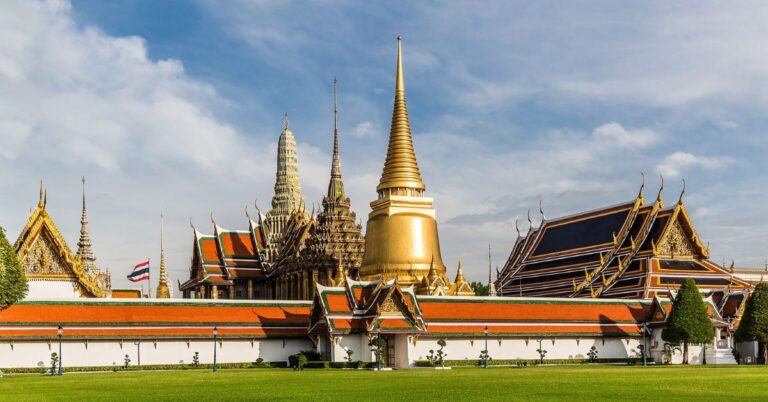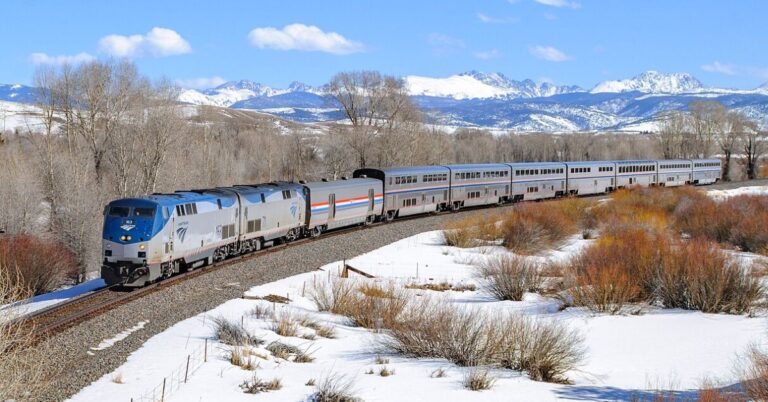15 Things Every Traveler Should Know About California’s Redwood Parks
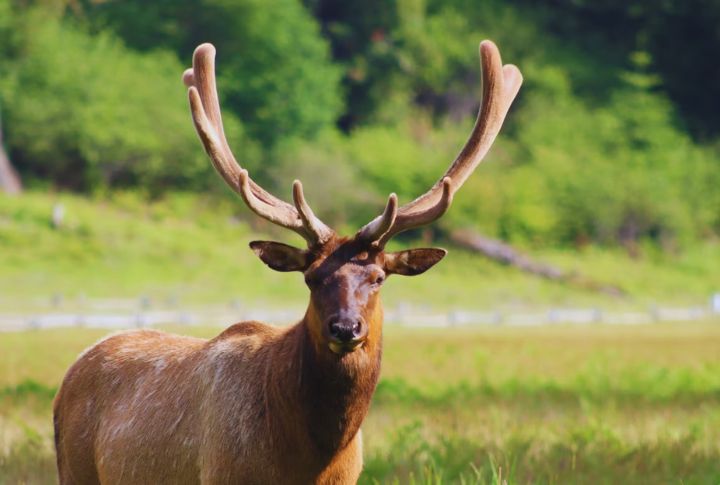
Among California’s wildest places, these redwood parks protect more than just trees. This region plays a vital role in maintaining California’s biodiversity by supporting salmon populations. We hope that this article serves as a practical resource to help you explore the parks appropriately in order to appreciate their ecological significance.
This Is More Than One Park
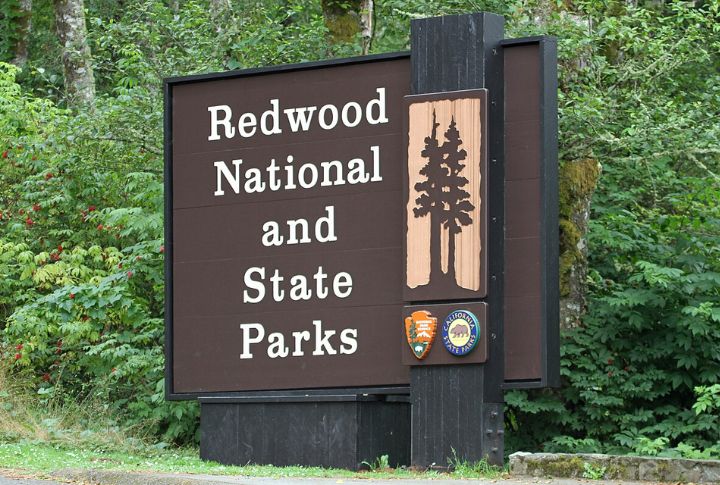
Redwood National and State Parks combine three state parks and a national park into one massive system. Together, they protect 139,000 acres of nature. While the redwoods steal the spotlight, visitors also discover sweeping coastlines, wide-open spaces, and quiet groves that make this place feel both wild and welcoming.
Fog Is Key To Their Survival
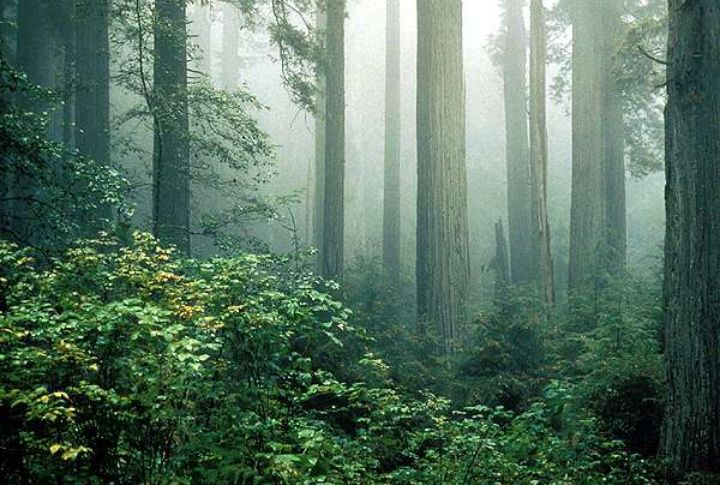
Redwoods use fog to get water during drought. Their needle-like leaves capture moisture from the air, and it drips down to the soil. This natural system is most active in summer, especially in the early morning. If you’re hiking at that time, expect damp trails and cooler temperatures.
The Trees Are Ancient Giants
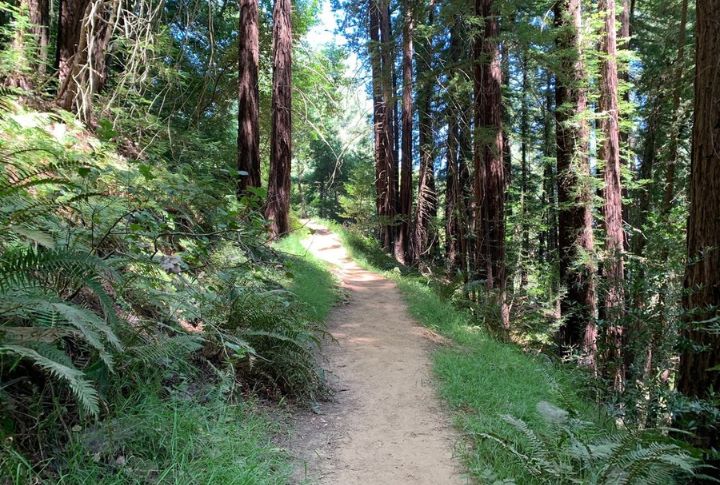
In these parks, you’ll see redwoods that have stood for up to 2,000 years. Some reach 380 feet, which is taller than the Statue of Liberty itself. Their thick bark blocks heat and shields them from fires. Thanks to coastal fog, they continue to grow and stand in a way no photo can capture.
Fern Canyon Looks Straight Out Of Jurassic Park
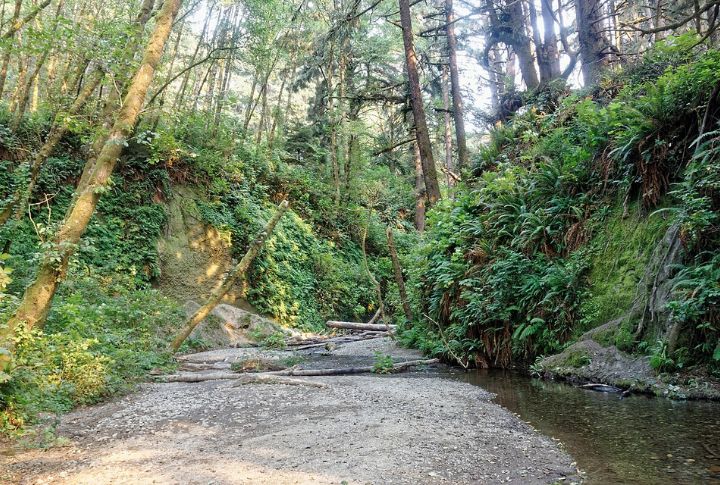
Dense green walls draped in ferns make this spot feel prehistoric. Filmmakers used Fern Canyon in “Jurassic Park: The Lost World,” and walking through its misty corridor feels like stepping back in time. Waterproof shoes are recommended because seasonal streams often leave the canyon floor muddy.
Wildlife Is Everywhere
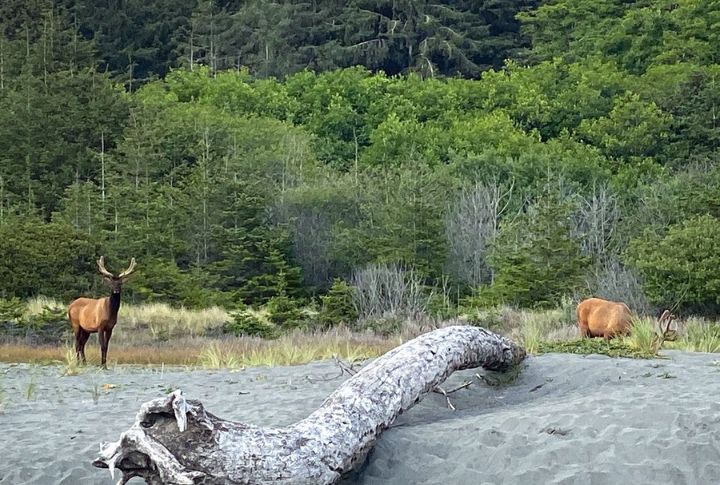
You’re not just visiting trees—you’re stepping into a thriving ecosystem. Roosevelt elk roam the prairies, banana slugs creep along damp trails, and black bears occasionally make an appearance. Watch for river otters splashing in streams, and keep your distance from curious raccoons
You Can Drive Through The Parks
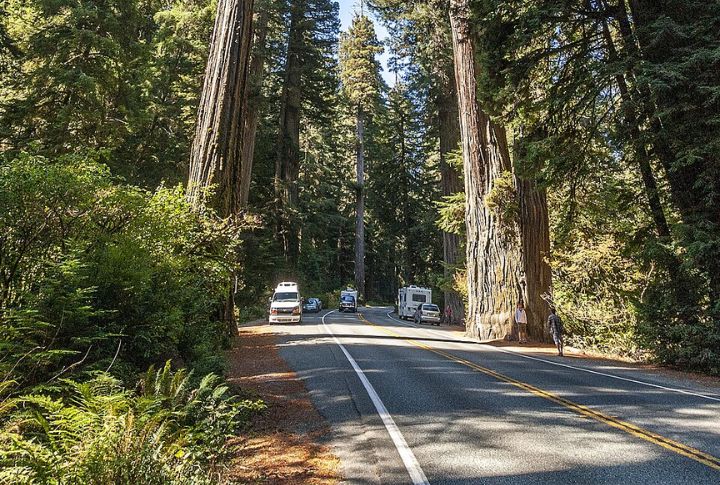
Some of the best views come from the road. On Howland Hill Road, you’ll twist through dense forest with breathtaking sights at every turn. Meanwhile, Newton B. Drury Parkway offers a dramatic route between towering trunks. For a change of scenery, Bald Hills Road opens up to sweeping prairie views.
Jedediah Smith Redwoods Has The Densest Forest
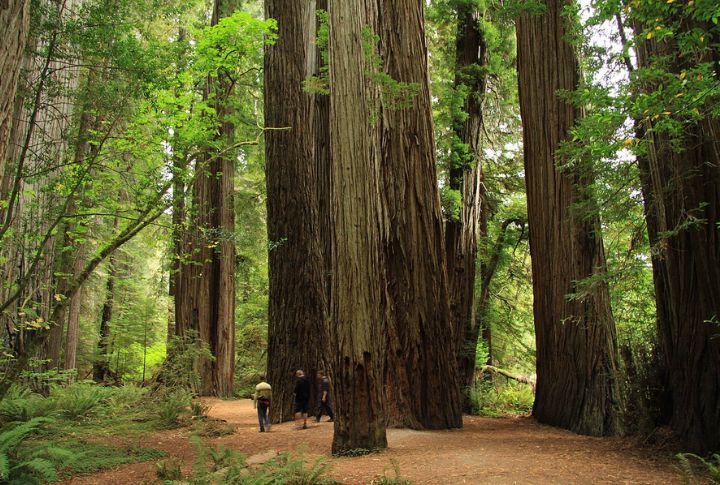
This park features dense redwood groves where sunlight barely reaches the ground. Stout Grove is one of the best spots to visit when you’re here. Its short, flat loop passes towering trees spared from logging. If you only have time for one stop, make it this one because the scale is unreal.
Roosevelt Elk Roam Freely
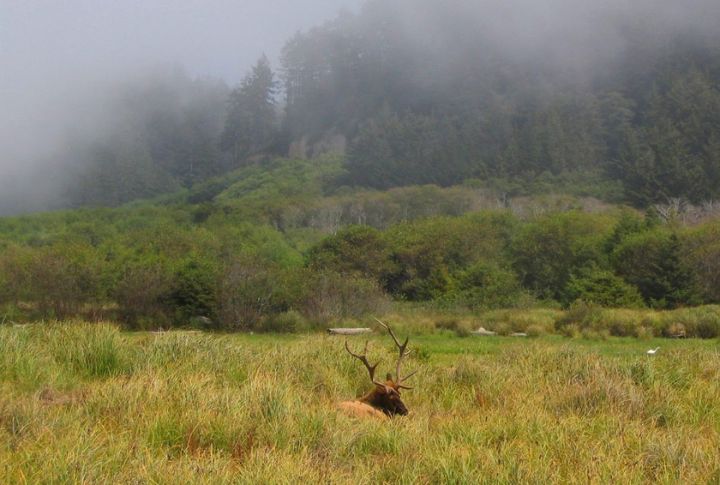
Prairie Creek Redwoods is home to Roosevelt elk, which can weigh up to 1,000 pounds. You’ll often spot them near Elk Prairie, though they sometimes appear unexpectedly on forest trails. Always keep a safe distance. They may seem calm, but startled elk are known to charge without warning.
Camping Brings You Closer To The Redwoods
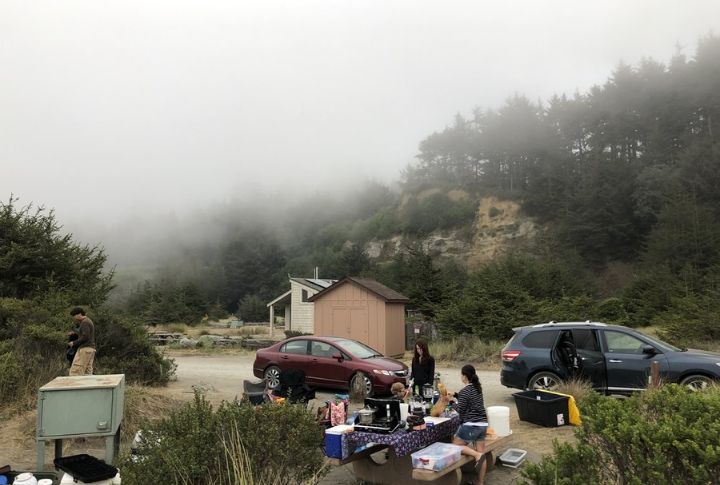
Skip the hotels and sleep under the redwoods instead. Gold Bluffs Beach Campground puts you right by the ocean, with easy access to trails and surf. For a more secluded forest stay, Mill Creek Campground offers shaded sites set deep within groves of massive trees, perfect for a quieter overnight escape.
Spring And Fall Offer The Best Weather
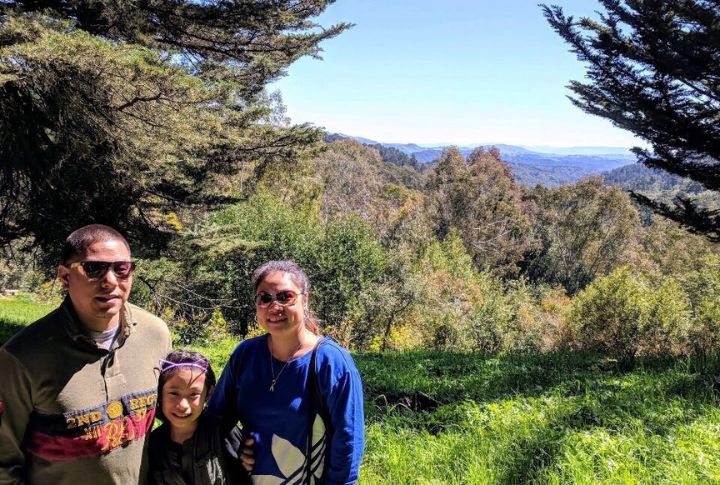
The park is open in all seasons, but spring and fall provide cooler weather and less foot traffic. Summer temperatures rise inland, yet coastal areas remain pleasant. Rain is frequent in winter, which can impact trail conditions. Visitors during winter should plan for wet weather and possible closures on backcountry routes.
It’s One Of California’s Best Stargazing Spots
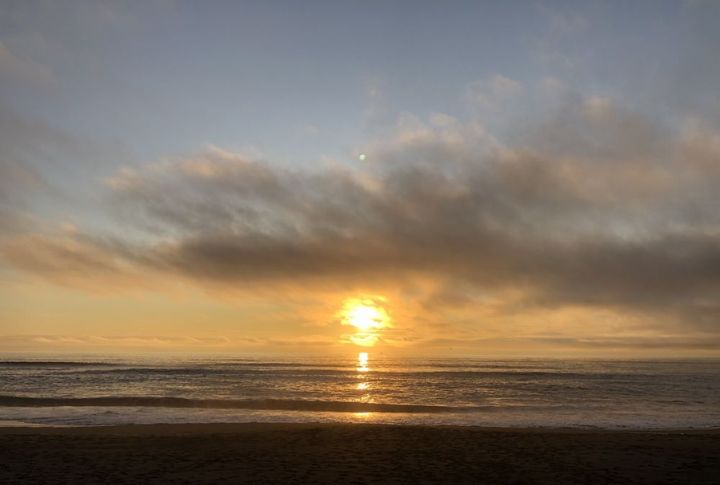
You don’t need a telescope to enjoy the stars here. These parks are dark enough for great stargazing, especially from meadows or beaches. On a clear night, the view is worth staying up for. Just bring layers, a blanket, and maybe a snack for late-night skywatching.
The Redwoods Are Fire-Resistant
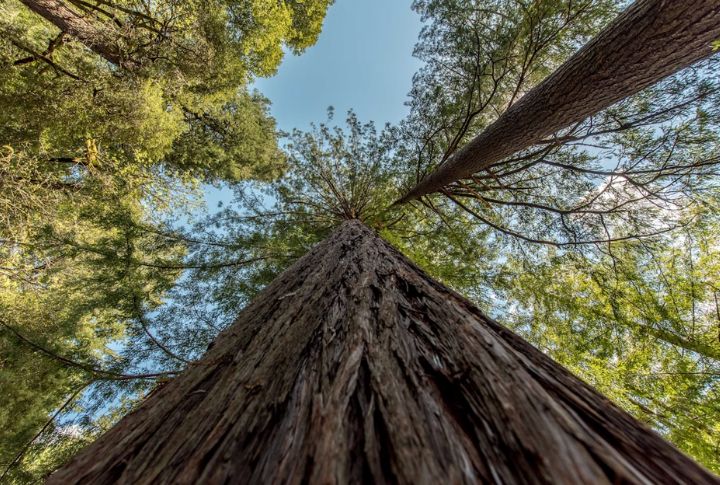
Unlike many California forests, redwoods are remarkably resilient to wildfire. Their thick bark and high moisture content help them withstand flames that would destroy other trees. Some trunks still show burn scars from fires that happened centuries ago. Despite the damage, the trees continue to grow.
The Parks Protect Vital Salmon Streams
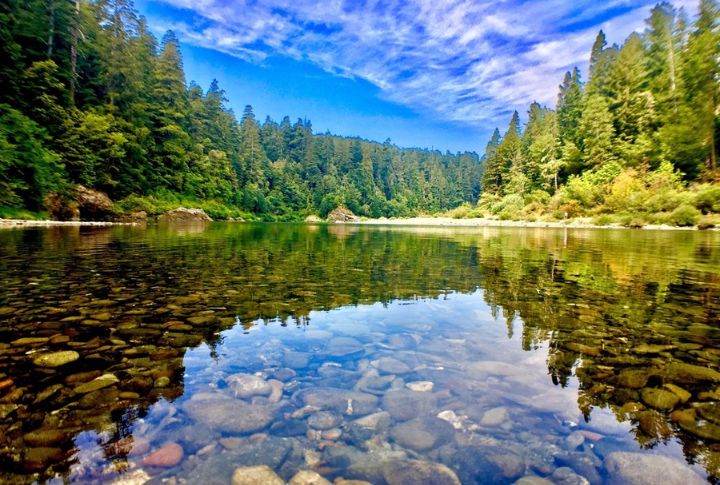
Beyond the towering redwoods, rivers cut through the forest. But what makes them so important? Cold, clear streams give coho salmon and steelhead trout a place to spawn. Plus, healthy forests keep the water pure, creating a home for countless birds, mammals, and aquatic creatures.
Visitor Centers Help Plan Your Trip
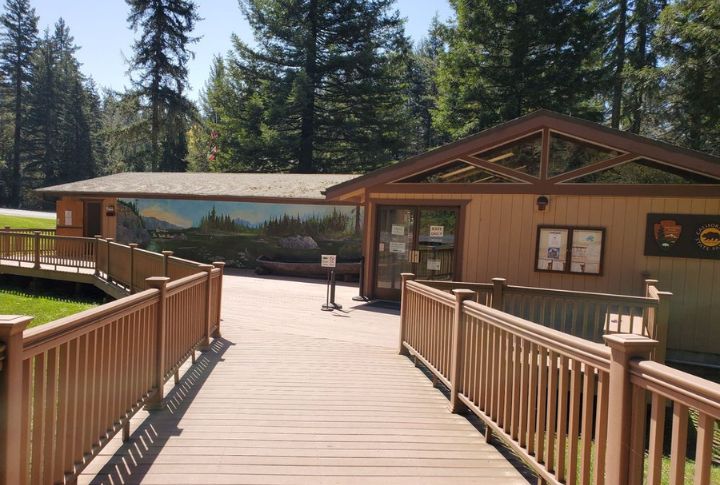
Several parks make up the area, so it helps to begin at a visitor center. The Hiouchi Visitor Center offers maps and advice. For trail details, stop at Prairie Creek Redwoods headquarters. Rangers send you down trails that fit your time and take you straight to the redwoods’ best-kept wonders.
Nearby Adventures Add To Your Trip
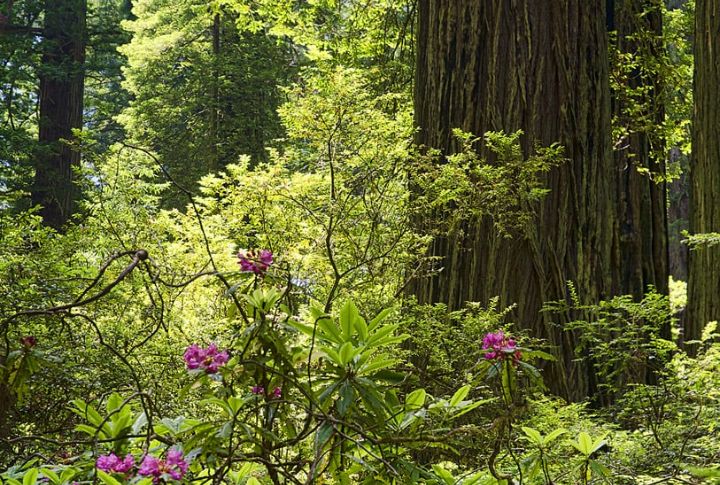
The redwoods are just the start. In Klamath, coastal overlooks reveal forest and sea. Crescent City’s lighthouse sits at the edge of low-tide rocks. For a deeper adventure, Damnation Creek Trail winds through towering trees before plunging steeply to a rugged shoreline. Each stop adds another layer to Northern California’s wild beauty.


